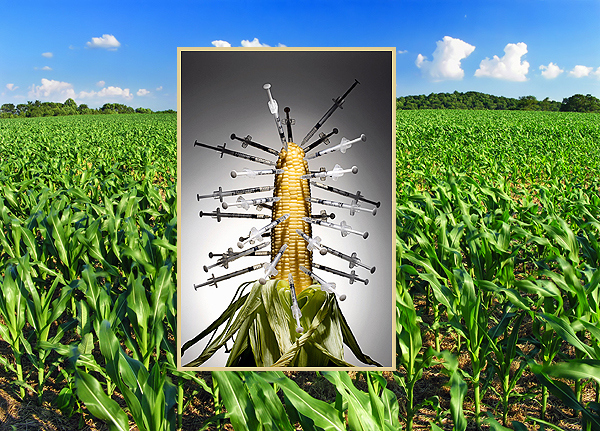 There’s a lot in common between South Africa and the U.S. Among the very most important and very least spoken is their shared agricultural power.
There’s a lot in common between South Africa and the U.S. Among the very most important and very least spoken is their shared agricultural power.
South Africa outperforms the U.S. producing oranges and performs about two-thirds as well for barley. South Africa outperforms China and India in corn, barley, oranges and fresh milk as well.
So agricultural companies pay a lot of attention to South Africa, and especially after last weekend’s seed conference at the African Centre for Biodiversity (ACB) which focused on defeating a proposed South African law heavily favoring GM seed companies like Monsanto.
There are 2.3 million independent farms in South Africa. These are no longer subsistence plots but family businesses just like virtually every small farm in the U.S. So the cost of crop production vis-a-vis sale price is critically important, and that cost has been driven up over the years by mostly American companies like Monsanto that hold patents on genetically modified seeds.
GM seeds are critical to African agriculture because of Africa’s long history of frequent droughts. GM grain seeds have arguably kept much of Africa from starving. But they carry great controversy. I’ve written in the past about Africa’s reluctance to use many of Monsanto’s seeds, even when they’ve been given to them for free.
Initial claims that the food produced from GM seeds might be unsafe has pretty much been debunked, although defenders of GM seeds in South Africa generally bring this up even today presumably to avoid the more germane complaints.
The main objection is that the patented cost of the seed, which has made Monsanto such a rich company, squeezes out small farmers.
Traditionally farmers kept some of any crop harvested as seed for the following year. That can’t be done, anymore. In fact, the most recently produced GM seeds actually self-destruct progeny, so the farmer can’t even cheat.
So seed becomes a very expensive component in the cost benefit of farming. But there’s more:
Successful GM seeds had unexpected consequences. Bugs. Locusts, in particular. Many predatory insects (and some viruses and predatory plants) survive tough conditions like droughts, and so when suddenly the corn stalk still exploded upwards, locusts appeared and stayed around for longer.
Monsanto and other companies actually now provide free additional pesticides to farmers who use their GM seeds. This, of course, causes outrage among the many who understand pesticides are essentially not a good thing for human health.
The policing of its patents and all the unexpected new support given farmers who use their seeds have resulted in an entirely new workforce in South Africa of Monsanto employees, now with their own provincial interests.
The net result of all of this is the demise of the small farmer. You have to have more and more capital, more and more know-how, and more and more connections now to succeed with GM seeds. Bigger is better.
The recent ACB conference concluded that the proposed South African law which will strengthen patent protection for companies like Monsanto “is deeply flawed and fails to ensure a long-term solution for the region.”
As evidence the conference cited numerous studies of South Africa’s small farms, particularly those incapable of affording the new seed, but also of numerous small farms successfully finding natural ways of production in face of increasingly harsh climate conditions.
The conference came at a particularly bad time for Monsanto. Its newest GM cotton and soybean seeds are uneffected by a horribly strong weed killer, dicamba, which critics say presents a real new public health threat.
Burkina Faso was one of the first to use these new Monsanto cotton seeds. But only a few years later it’s now clear that the cotton being produced is very inferior.
Reuters published a lengthy study of the issue last week which clearly shows the issue is far from being resolved. ‘Will the public accept less quality cotton while accepting much stronger pesticides in the environment?’ persists as the unanswered question.
But in South Africa the question is more about the survival of small farmers. Is there a long-term viable alternative? It seems to me the fires outside L.A. so similar to the fires of The Cape suggest there isn’t, even if the quality declines.
[Determining agricultural performance is an art, and the way I’ve done it is by comparing the percapita production of a commodity by country. Importantly, this doesn’t reflect actual GDP impacts or the impacts of exporting or importing. Still, I think it one of the simpler and fairer ways to reflect agricultural power.]